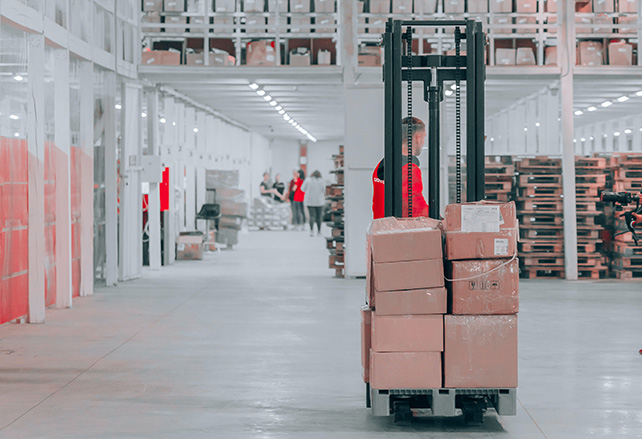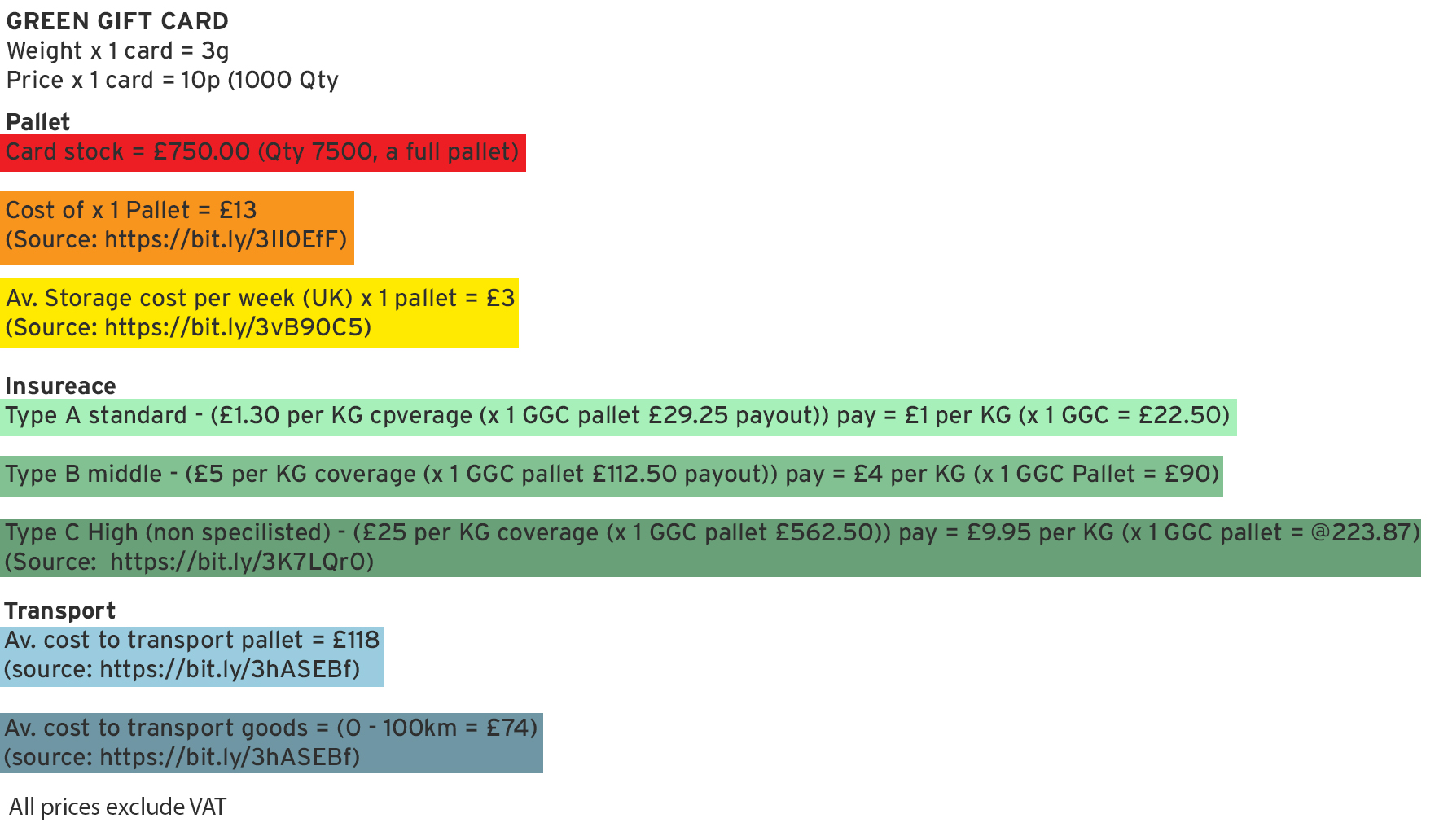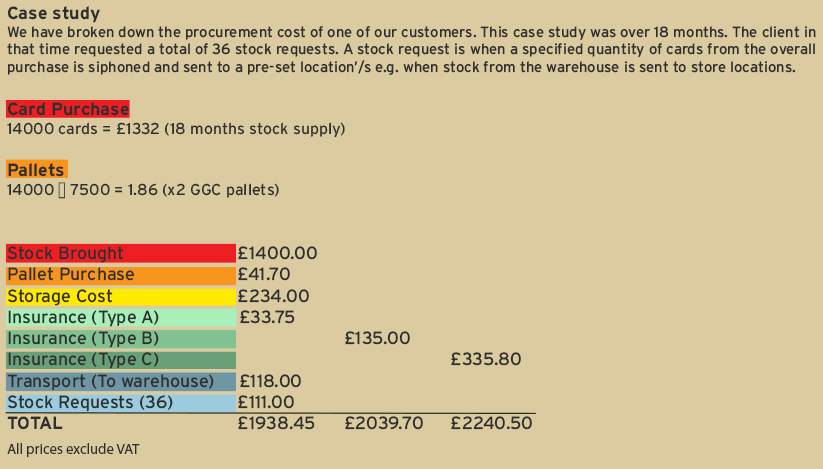
Since COP 26 earlier this year, the rise in the term ‘Greenwashing’ has become more prominent, which has prompted the UK advertising watchdog to introduce new legislation around the legitimacy of companies' ‘green’ or ‘eco’ claims. (Finally!)
In light of this rise, it has become apparent that some of the key areas for greenwashing in business are procurement and the supply chain. An area that has largely been overlooked. As anyone in procurement will tell you, transparency between third parties can be challenging, and therein lies the problem, the reality of supply chains.
“Procurement and supply chain(s) have a ‘critical role’ in achieving sustainable goals. [It’s] important for businesses to understand ‘the messy reality’ of the impact of their supply chain on the planet, says Malcolm Harrison, CEO of CIPs, following COP 26.
So, what does this mean for our businesses and the reality of our current procurement strategies on planet Earth?
At Green Gift Cards, we have put ourselves under the microscope as a supplier in our customers’ value chain to see what we and our customers can do to reduce our collective environmental impact.
Procurement’s impact on the environment
It has been well documented that one of the main contributions to pollution and waste is how goods are stored and transported. However, until recently, the environmental impact of warehousing has received little attention. Official statistics on this sector (and sub-sectors) are very limited. This is because of its broad nature, covering several areas, including transport, warehousing, land space, different countries/continents, and catering to nearly all industries, all with different needs, rules and regulations.
Studies in the UK suggest that the growth in electrical and energy consumption for all commercial properties is closely coupled with the increase in total floor space. Consumers now expect that they can have the goods or services immediately. Suppliers and distributors have an uphill battle to keep up with increased demand and fluctuating supplies. Only made harder by COVID and now, conflict in Eastern Europe.
Common practice is to bulk buy from cheap locations (usually the other side of the world) and store in warehouses until needed. High volume purchases tend to be more cost-effective, or so it seems.
The cost of procurement
As demand for storage space increases, the price for storing and insuring has also increased, not to mention the steep rise in energy costs. All factors that add to pricing and overheads. So how much does it cost to store a pallet? (prices correct as at Jan 2022)
Procurement Table


As you can see, for over two years our client has been paying an extra £840.50 (+VAT) for storing and moving their pallets. That is an additional 38%!
This is without considering the environmental impact – the power used to move and store the goods. More energy and the time to pick, pack and ship, the additional time in transit. And what if the product is impacted by a change in expiry policy, Ts & Cs, a brand change or as we have seen recently; global changes? The cards and shipping packaging are waste and heading straight for the landfill.
Overlay the financial implications of this model with its environmental impact; then you have two thought-provoking issues.
Organisations that use greenwashing in their marketing are undermining their environmental claims by using the current standard procurement model.
The goods may be made of more recycled materials, the packaging may be more eco friendly, or their supply chain may “offset” (never a bad thing but not the answer), or the product can be 'recycled' (check out our recent post on recycling hieroglyphics). However, as it stands, the outcome is still a significant waste of money, energy and packaging. All of which have a profound impact on our environment.
Collectively, we only recycle 9% of our waste effectively. This rate does not appear to be improving either. The needle needs to move, and fast if we are to reduce the impact on our planet. Especially when we’re being told by Greenpeace that the plastics industry expects to quadruple production by 2050.
The alternative is to work more efficiently and introduce a lean procurement process. Rather than citing volume purchase as the best way to obtain the best buy price, consider the lifetime cost of the bulk purchase model.
Our response to the hidden costs of procurement both financially and environmentally for card products is only to produce what you need when you need it. Not quite JIT (just-in-time), but we can produce shorter runs more frequently and ship directly to DC or, better still, to store, which negates the need to have cards in storage, taking up space and using energy.
Conventional wisdom would suggest that printing fewer cards equals a higher unit price. This may be true, but if you remove all those hidden costs associated with bulk purchases, you’re likely to be at an overall lower price for your card requirements.
Printing cards on a digital press gives the option for cost-effective shorter runs, and in some cases, the variable data can be applied simultaneously.
In our opinion, it’s worth considering a more agile model. Get in touch today to discuss how moving to a new procurement model may save you money and reduce the potential impact of being associated with greenwashing.






